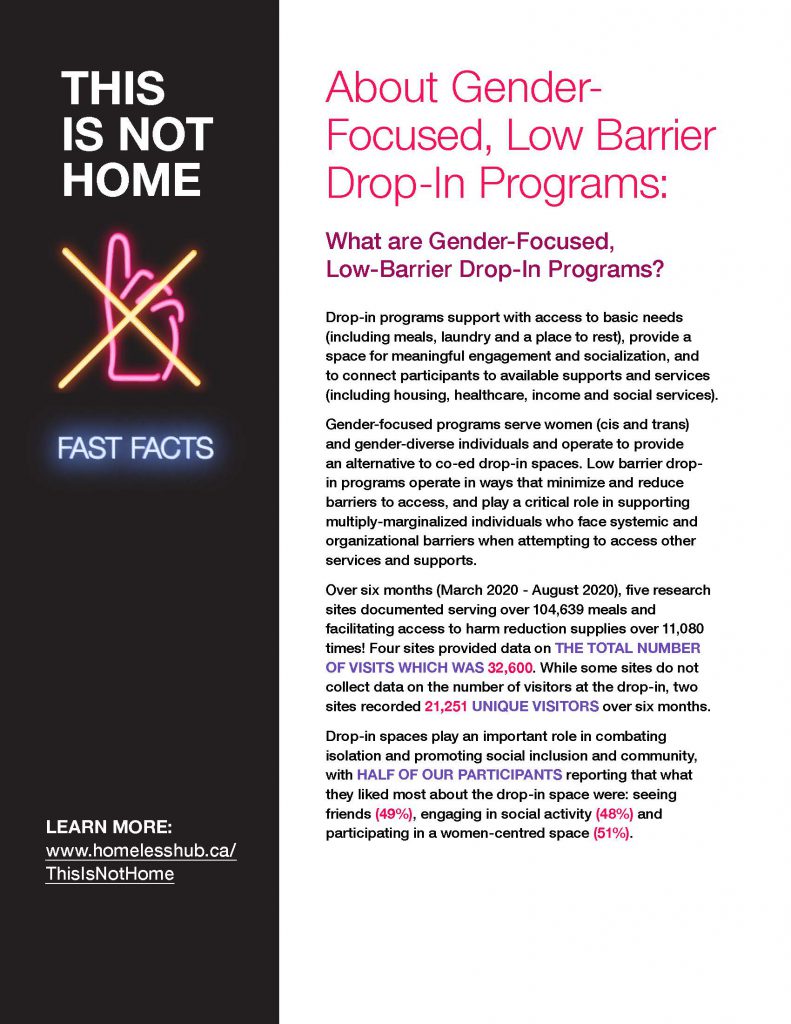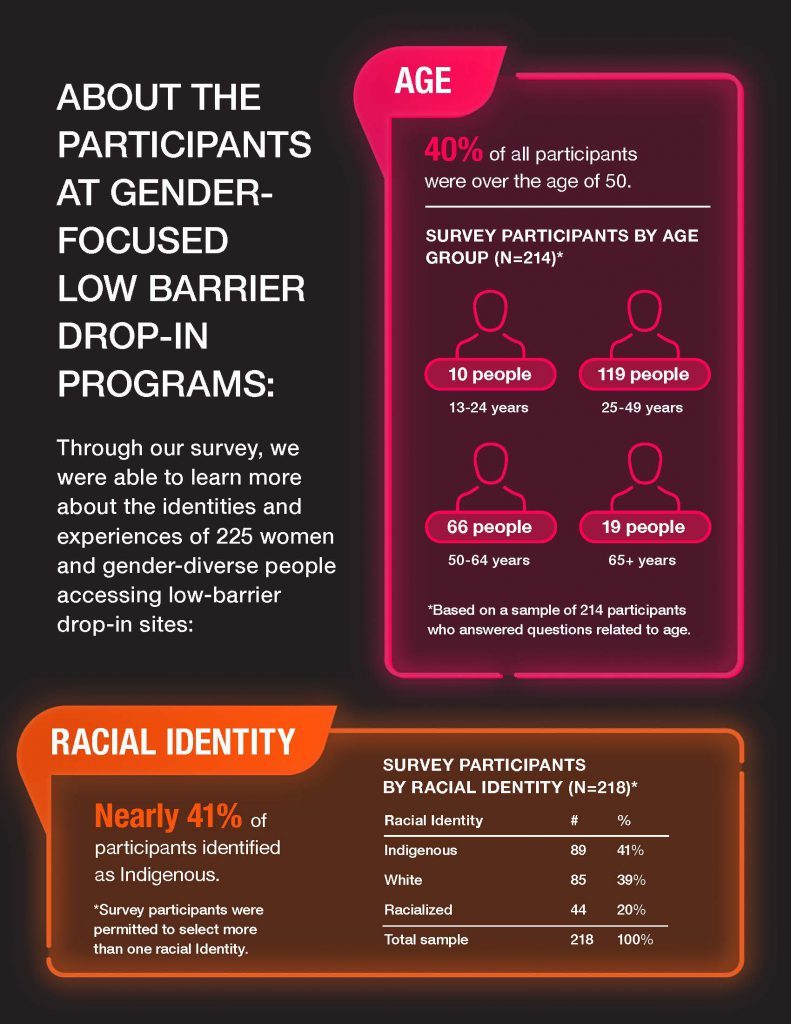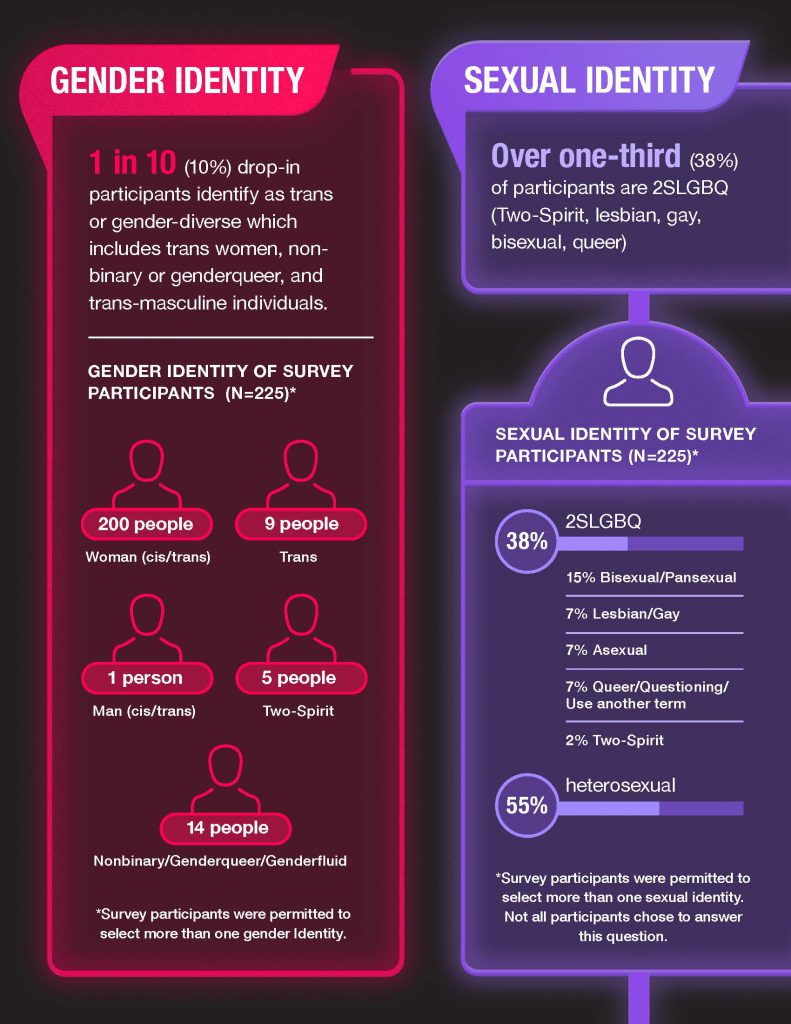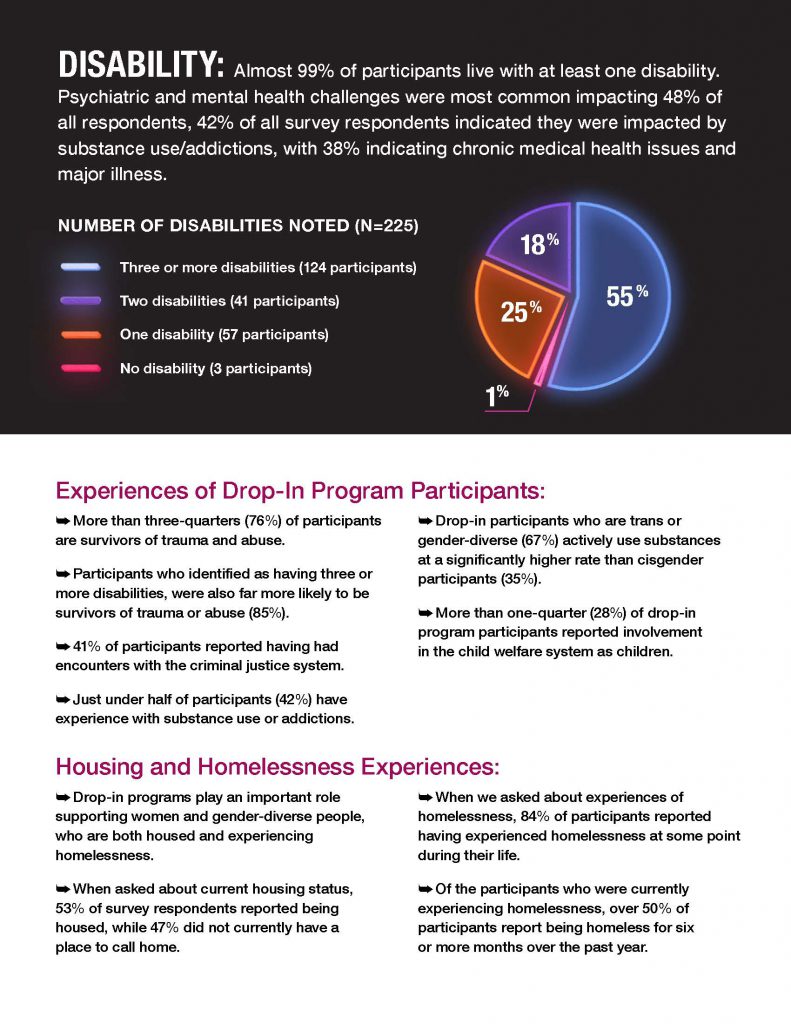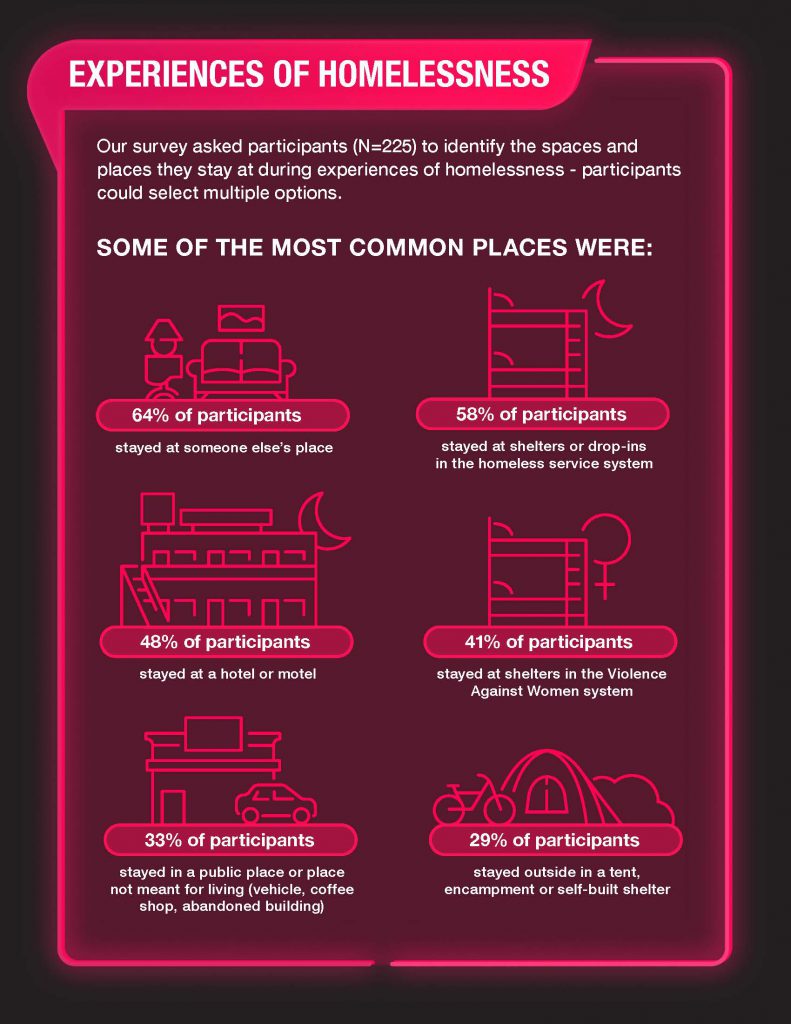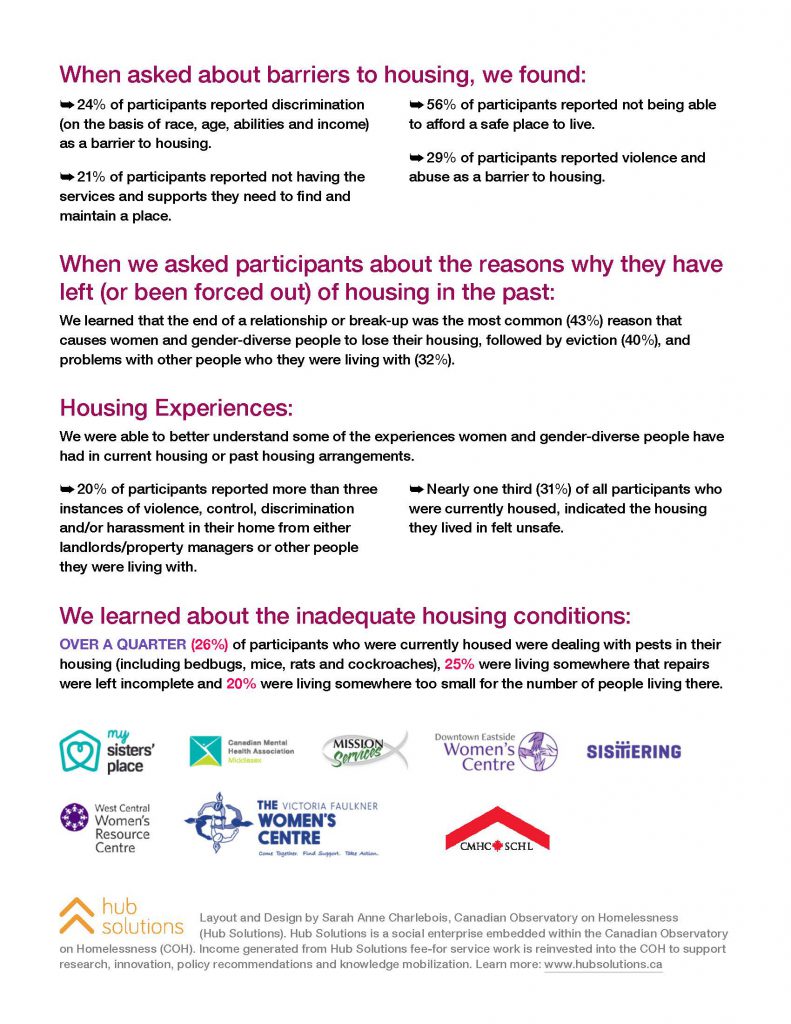Menu
Close
My Sisters’ Place and “This Is Not Home”
Nov 11, 2021
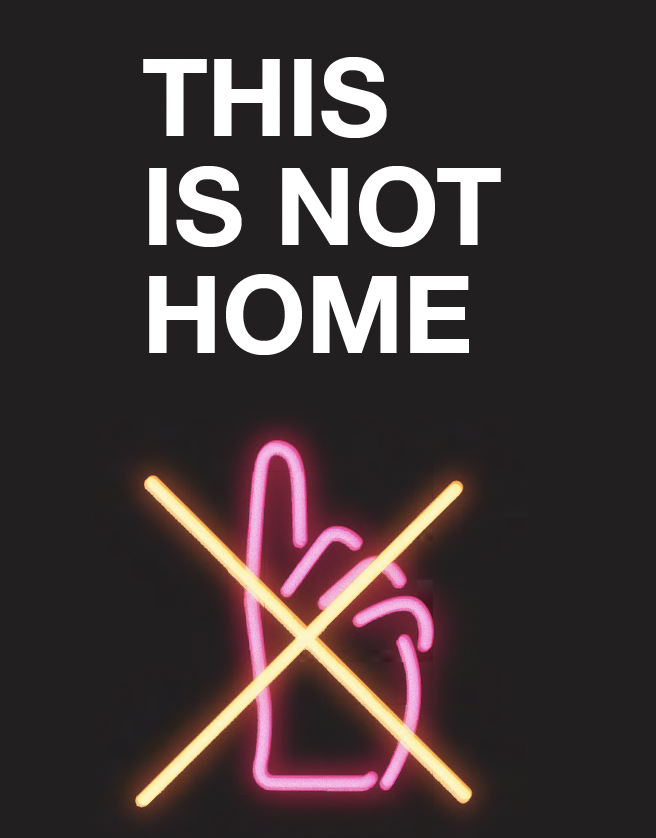
My Sisters’ Place has been part of a community-based research project that included six gender-specific low-barrier drop-in programs across Canada called This Is Not Home (TINH). The TINH project explored models of practice & service delivery used by gender-specific, low-barrier drop-in programs for women and gender-diverse people experiencing homelessness/housing precarity in Canada.
The goal of the project was to gather lessons learned from low-barrier, gender-specific drop-in programs and participants who access these services, and use this knowledge to contribute to the creation of appropriate, accessible, secure, and self-determining housing and support options for women and gender-diverse people.
Key findings revealed some of the barriers that multiple marginalized women and gender-diverse people experience when attempting to access housing, shelter, health-care and
other support services, including:
- Almost all respondents (99%) experience disability, and more than half (55%) reported three or more types of disabilities.
- More than three quarters (76%) are survivors of trauma and abuse.
- 41% reported having had encounters and interactions with the criminal justice system.
- Nearly half (48%) of participants experience psychiatric or mental health challenges, and 42% of all participants reported issues with substance use and addiction.
- Nearly half (41%) of all participants are Indigenous.
- One in ten (10%) drop-in participants identify as trans or gender-diverse, which includes trans women, trans men, Two-Spirit, non-binary and genderqueer individuals.
- Drop-in participants who are trans or gender-diverse, report actively using substances at a significantly higher rate than cisgender participants (67%).
- Participants living with three or more disabilities are disproportionately impacted by trauma and abuse (85%) and were more likely to report experience with the criminal justice system (50%).
You can read the project’s full report here or the summary here.
FAST FACTS
